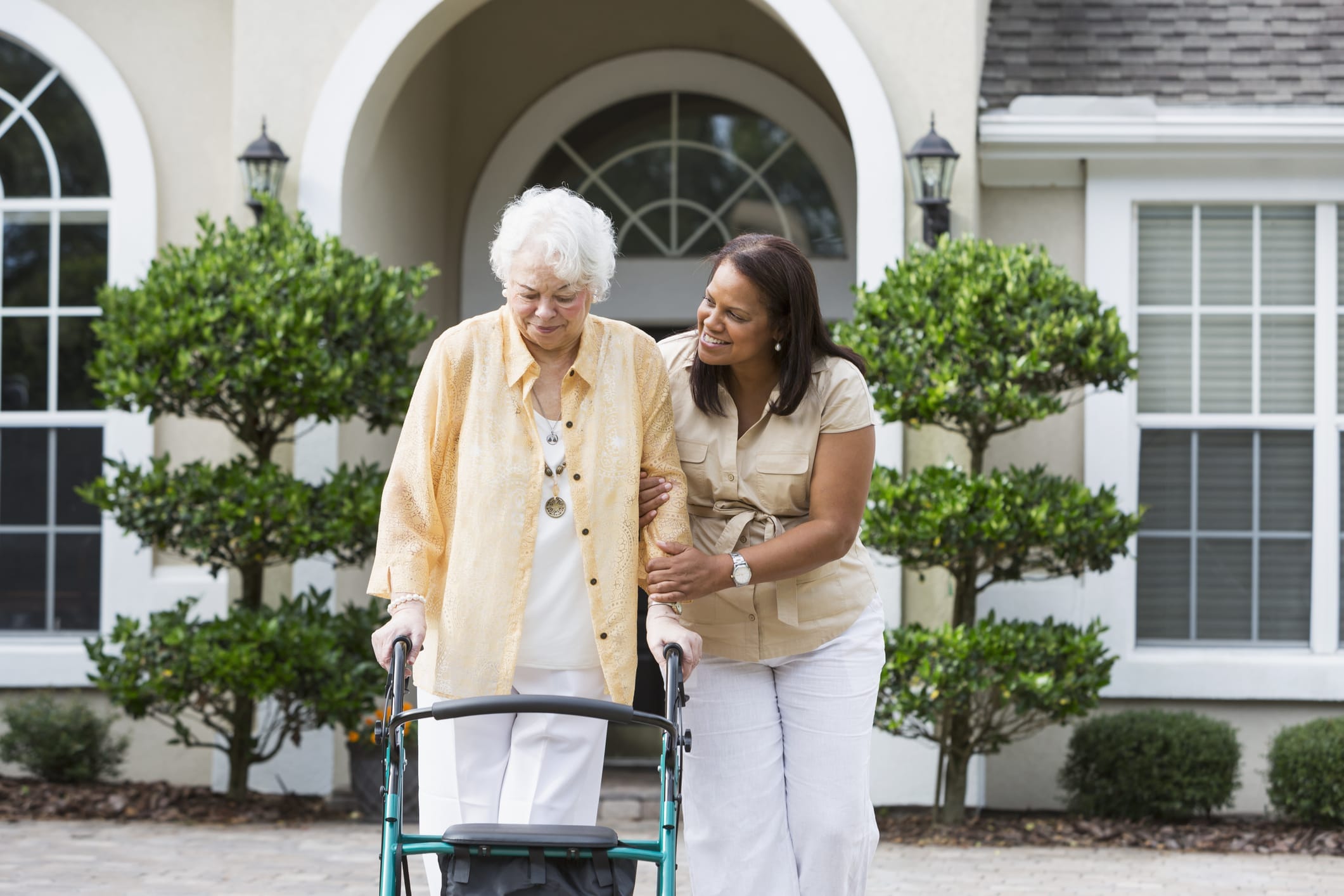In the U.S., there are over 40 million in-home caregivers providing close to 40 billion hours of unpaid care to adults with limitations. The estimated economic value of their contributions is $500 billion annually—more than the annual Medicaid spend and more than four times what Medicaid pays for long term care.The majority of caregivers look after a relative or loved one, with nearly one in four family caregivers tending to a sick or aging parent. Adults who receive in-home care commonly have two or more chronic conditions such as Alzheimer’s, arthritis, or congestive heart failure. These conditions, which can be hard to manage even for clinicians, can be especially difficult for caregivers to treat alone.
An estimated 60 percent of family caregivers are 50 years of age or older and work full or part time. These caregivers must learn to navigate the health care system for their loved ones while simultaneously juggling work, insurance, and even their own health. Research shows that the health care costs for caregivers are eight to 10 percent higher than for non-caregivers, indicating that family caregiving can be a strain on the caregiver’s health as well. Once involved in family caregiving, caregivers can expect to continue providing care for two to 10 years.
Given that the health care system is pushing care to the least costly care site, it is likely a significant amount of care will be delivered in the home in the future. So what is being done for caregivers? What resources do they have to support their caregiving responsibilities?
I had the opportunity to discuss these issues on the Sirius XM 111 Business of Health Care radio show with two national experts: Mary Naylor, PhD, professor of gerontology at the University of Pennsylvania and director of the NewCourtland Center for Transitions and Health at Penn; and Rita Choula, senior advisor of family caregiving at AARP. Both are at the forefront of where home care is going and what is being done for the caregiver.
According to Choula, AARP is developing educational materials for caregivers on how to complete simple medical tasks such as delivering injections. Further, AARP has been working with states to develop policies around and raise awareness of caregiver support programs.
Naylor has been working at the provider level, assisting caregivers and their loved ones in transitioning to home care. This involves an educational process for caregivers in what to expect moving forward, including what their unfolding responsibility of care may be.
This is a market that is very fragmented, uncoordinated, and early in its development. There are still barriers to care that need to be addressed, including: privacy issues (HIPAA requirements); the health care system’s lack of support in helping family caregivers transition care to the home; and contextual barriers such as a lack of reimbursement from payers. But there are also significant opportunities to develop this market, including: developing a set of best practices from providers already involved in family caregiving; ensuring minimal barriers to entry for businesses considering entering this market; developing technology such as artificial intelligence as a resource/tool for caregiving; and reforming provider payment (Medicare has begun this with appropriate provider coding for reimbursement purposes).
This will be an interesting market to reassess in a couple of years as care moves from higher fixed-cost settings (e.g. hospitals) to lower cost-of-care settings (e.g. home). It will also be interesting to see which companies focus on the caregiver and those being cared for.
For audio of this episode of “The Business of Health Care” on Business Radio Powered by the Wharton School on Sirius XM Channel 111, click below:

























